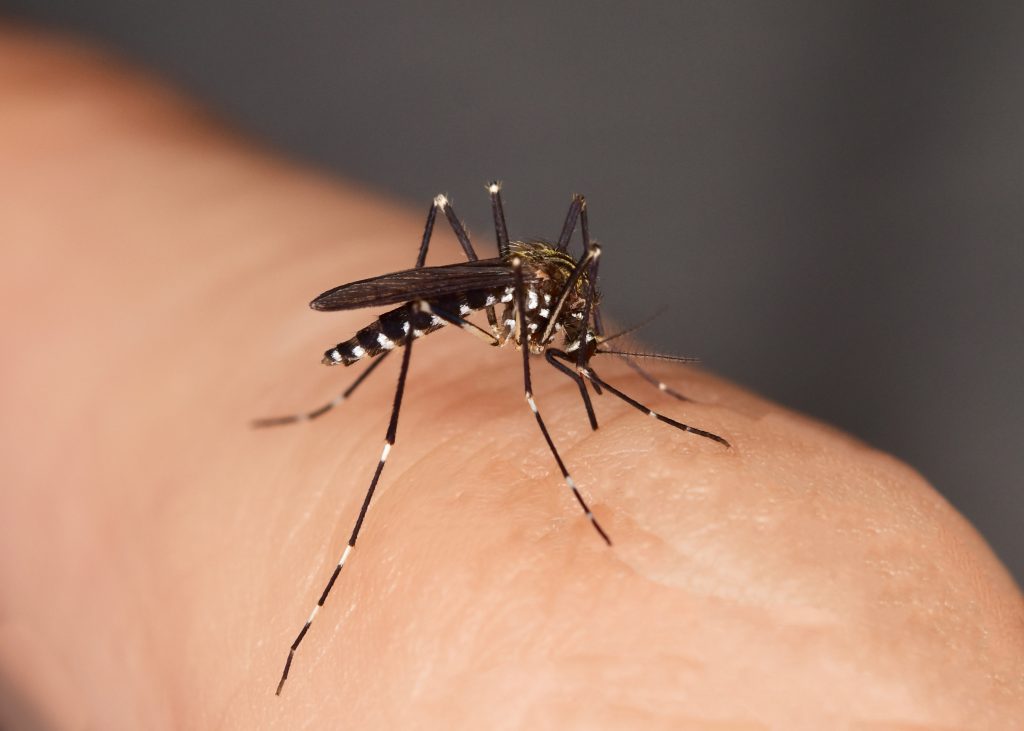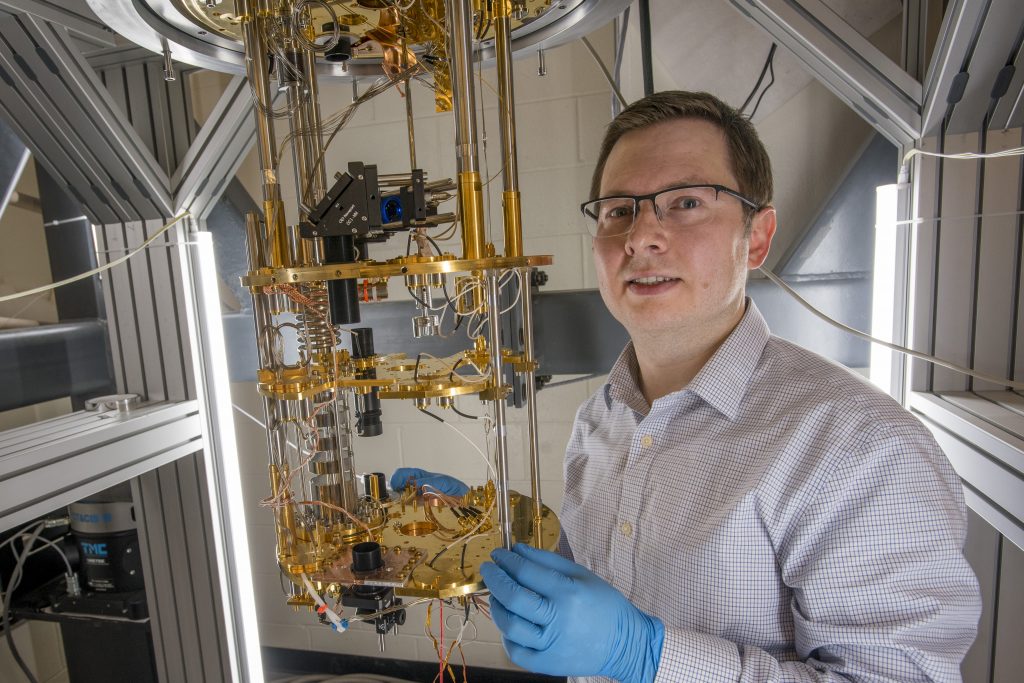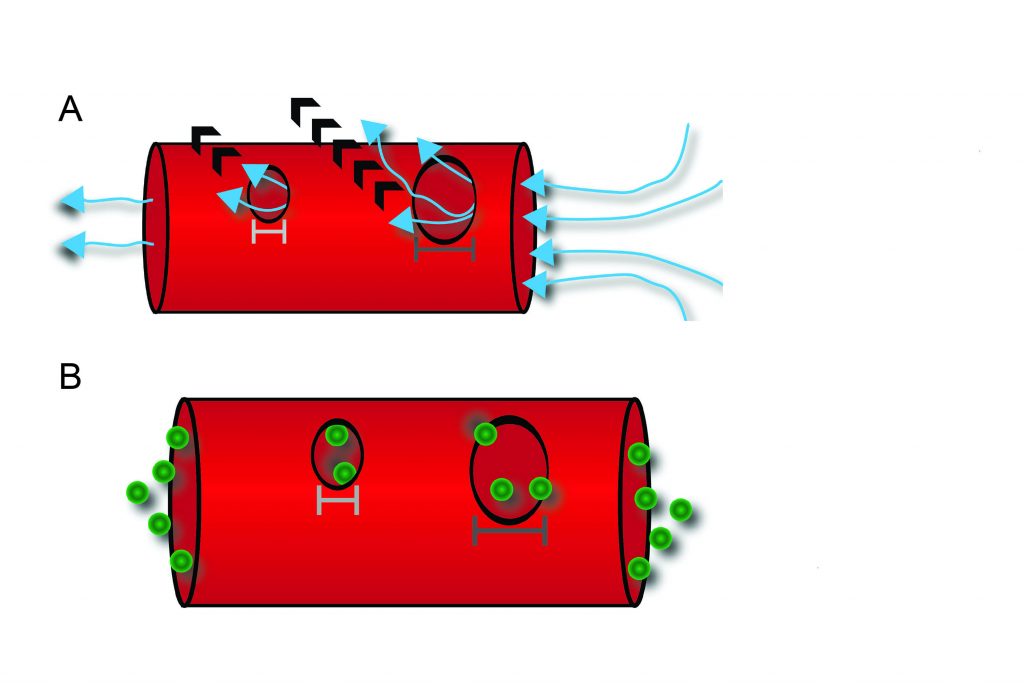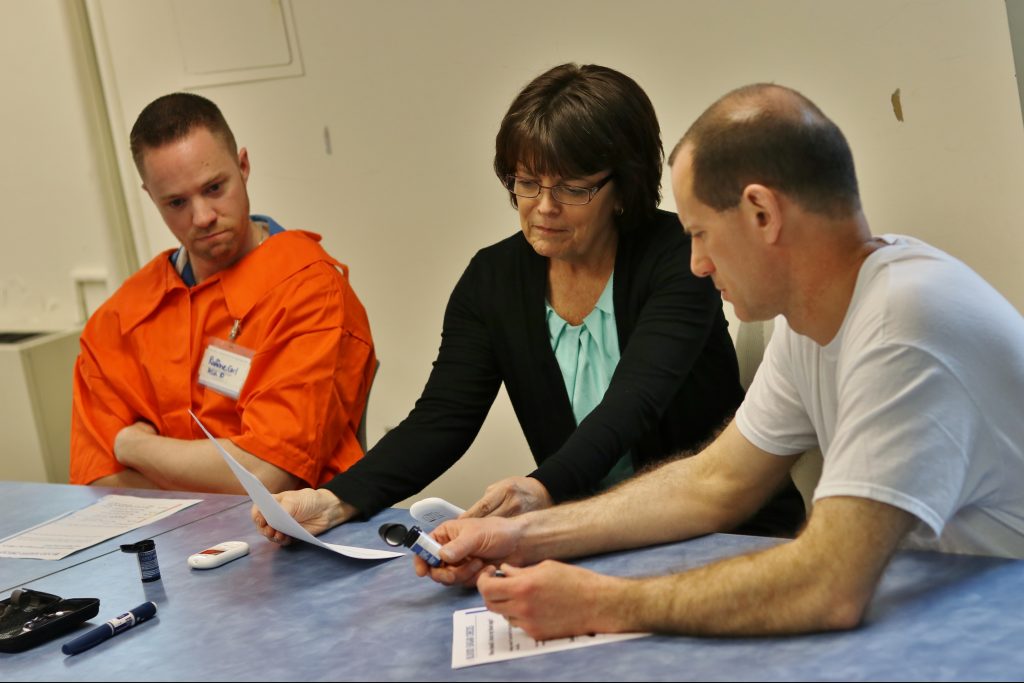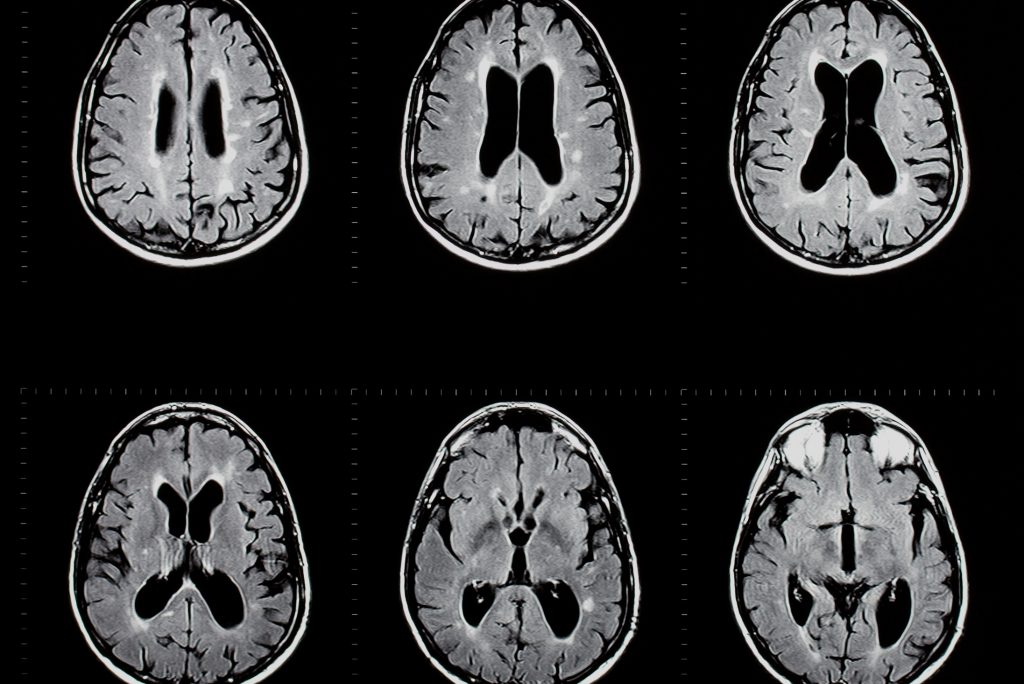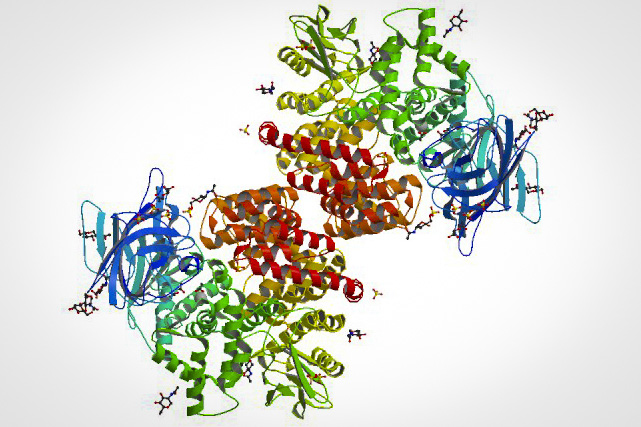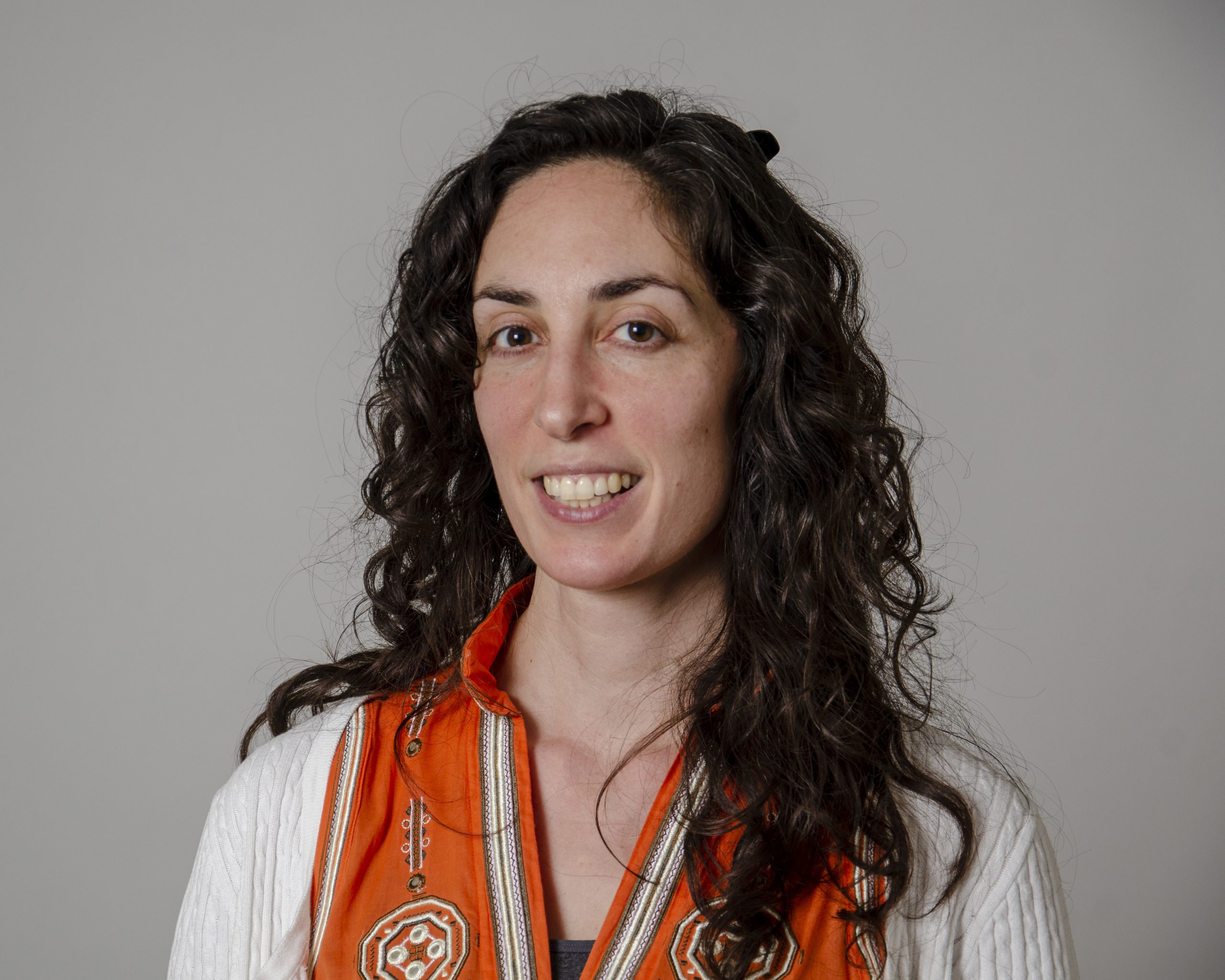
Writer
Kim Krieger
Kim Krieger has covered politics from Capitol Hill and energy commodities from the floor of the New York Mercantile Exchange. Her stories have exposed fraud in the California power markets and mathematical malfeasance in physics. And she knows what really goes on in the National Radio Quiet Zone. These days, Kim tells clear, compelling stories of the research at UConn. Her work connects Connecticut citizens and the press with the vast resources of their flagship public university. When not at UConn, she can be found kayaking among the beautiful Norwalk islands, digging in her garden, or occasionally enjoying the silence in the National Radio Quiet Zone.
Author Archive
Solving Industry Challenges By Teaching Microscopes to Talk To Each Other
By learning how to make different types of microscopes communicate with each other, UConn researchers helped solve a tricky industry problem.
September 17, 2019 | Kim Krieger
Anemia May Contribute to the Spread of Dengue Fever
Understanding how dengue is transmitted will help scientists develop new ways to control the disease, and possibly control similar viruses such as Zika and West Nile virus, says Penghua Wang of UConn Health.
September 16, 2019 | Kim Krieger
Breaking Up is Hard to Do (for Electrons in High Temperature Superconductors)
A UConn physicist's findings about how electrons behave in copper oxide superconductors may help synthesize a better, high temperature superconductor. Potential applications include transmission lines and magnetic trains.
August 21, 2019 | Kim Krieger
Common Steroid Could Soften Up Tumors for Chemo
A drug used to alleviate side effects of cancer treatment may also make the treatment more successful if given beforehand, researchers say.
July 16, 2019 | Kim Krieger
Horseshoe Crabs – The Fortunate Ones?
The horseshoe crab has persisted, unchanged, for hundreds of millions of years. But now, its survival is threatened by the harvesting of its prized baby-blue blood. A team at UConn seeks to map its DNA and save it from extinction.
July 15, 2019 | Kim Krieger
Study: More Pharma Money, More Gabapentin
Gabapentin manufacturers paid physicians – mostly pain doctors and general practitioners – $11.5 million between 2014 and 2016, according to UConn research.
July 8, 2019 | Kim Krieger
Learning Diabetes Skills on the Inside Helps Ex-Inmates Stay Out – of Hospital
Training prisoners with diabetes how to manage their disease could prevent hospitalizations and diabetes-related medical crises after they are released, say researchers from UConn and the state Department of Corrections.
July 3, 2019 | Kim Krieger
Sudden Death in Epilepsy and Breathing Troubles Linked to Bad Gene
UConn neuroscientists have found a gene mutation that causes abnormal breathing in mice with a severe form of epilepsy, mimicking the human sudden death in epilepsy syndrome.
June 20, 2019 | Kim Krieger
A New Culprit for Multiple Sclerosis Relapses
A molecule that helps blood clot may also play a role in multiple sclerosis relapses, according to a new study by a team that included researchers from UConn Health
May 9, 2019 | Kim Krieger
Missing Molecule Hobbles Cell Movement
A new UConn study finds that cells missing a certain protein on their surface can’t move normally, with implications for wound repair as well as the spread of cancer.
May 6, 2019 | Kim Krieger

